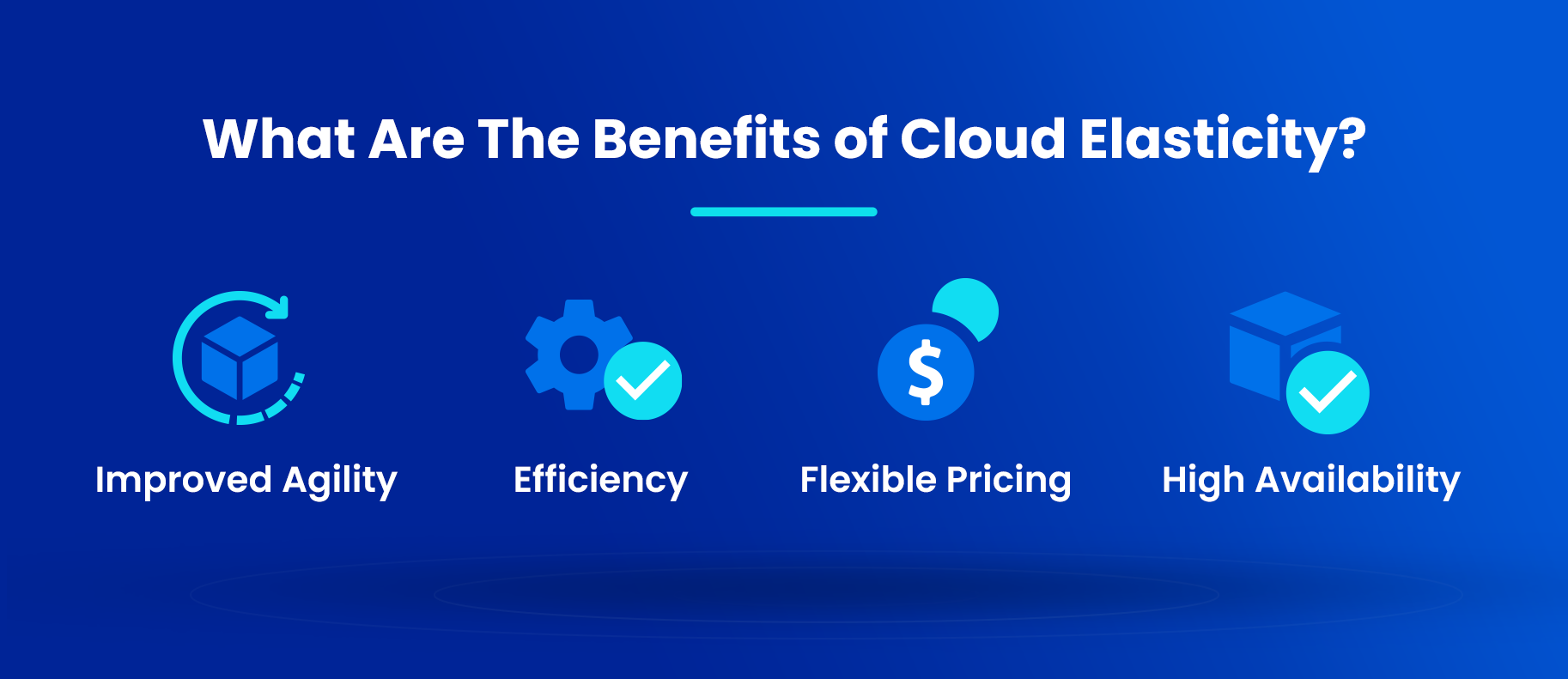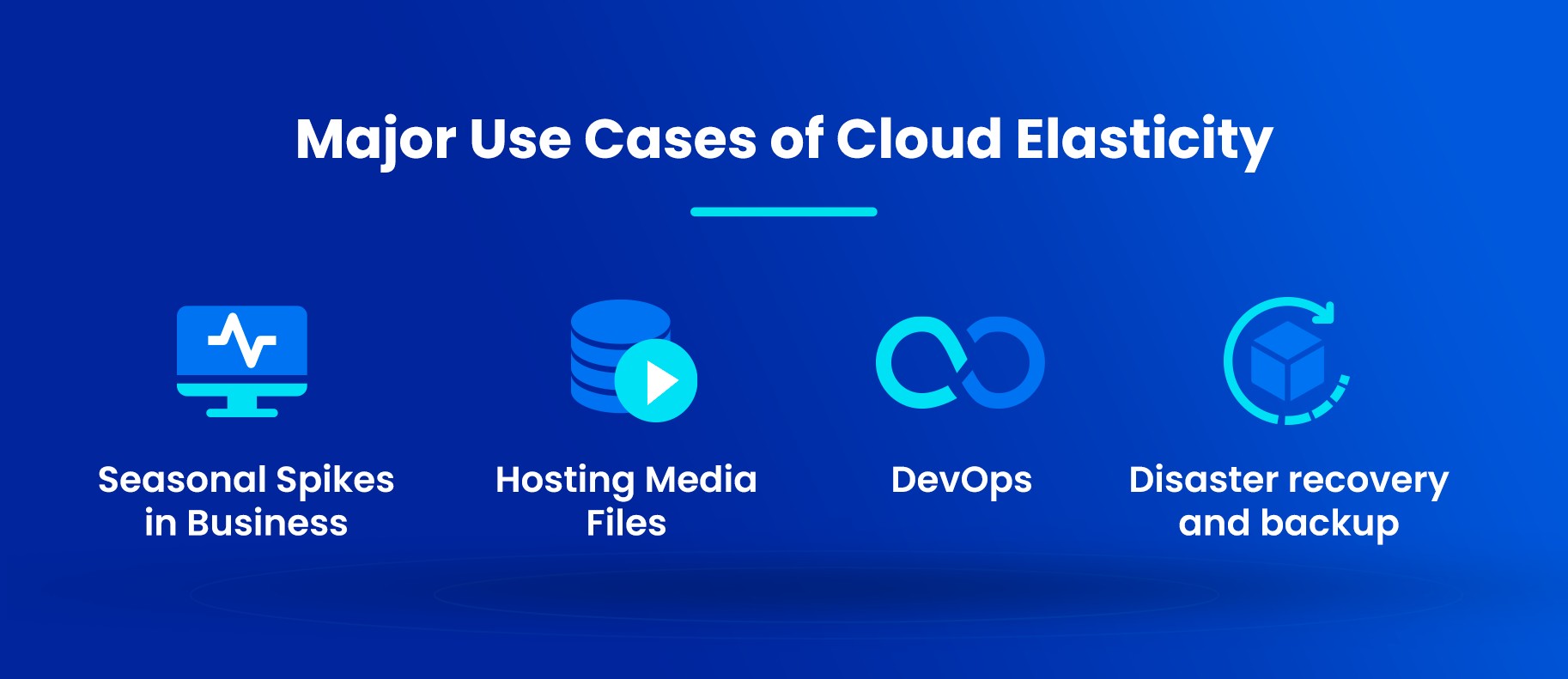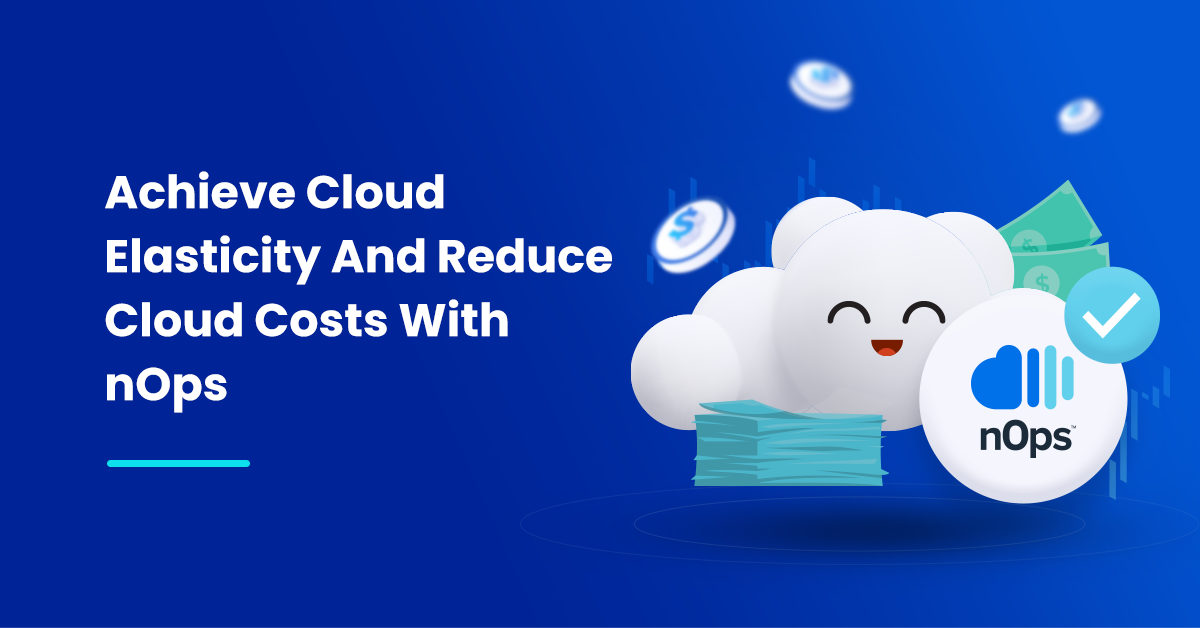The Ultimate Guide to Cloud Elasticity
One of the key features of cloud computing, elasticity, allows you to adjust the number of resources available for a workload. Elasticity can be defined automatically with no prior capacity planning, or it can also be done manually, where businesses get alerted when they are running low on resources, and there is a need to scale up.
When done the right way, elasticity can ensure your applications and workloads operate efficiently and cost-effectively.
In this article, we discuss what cloud elasticity is and how to achieve it.
What is Cloud Elasticity?
Cloud elasticity is the ability of organizations to dynamically add or remove their computing resources as workload requirements change. The goal is to maximize the use of existing resources without causing any disruptions or downtime.
With elasticity, it becomes possible to prevent underprovisioning or overprovisioning of resources.
Underprovisioning occurs when you have allocated fewer resources than needed to run an application. Overprovisioning occurs when you have more allocated resources than required. While underprovisioning can be detrimental to operations as it can lead to system failures, overprovisioning can quickly drive up cloud costs.
There are mainly two types of cloud elasticity:
- Scale out/ Horizontal scalability: This involves adding or removing components in a cloud infrastructure with the aim to expand or shrink the capabilities of its resources.
- Scale up/ Vertical scalability: This involves adding or removing resources from the cloud infrastructure with the aim to adjust performance and meet the changing workload needs.
The main difference between the two is adding more instances to the cloud infrastructure versus making the cloud instances bigger.
Read More: Horizontal Scaling vs Vertical Scaling
Difference Between Cloud Elasticity and Scalability
Cloud elasticity and scalability may sound similar, but they are different from each other.
- Elasticity helps in matching the resources that are currently allocated with the resources that are currently needed. It helps stretch the boundaries of your cloud environment to ensure all the user requests are handled, even when there is high traffic. Elasticity is a better choice for cloud environments with constantly changing demands, like SaaS and eCommerce. It can be implemented as a short-term plan for addressing seasonal or sudden rises in demand.
- On the contrary, scalability focuses on managing the changing needs of the applications present in the cloud infrastructure by adding or removing resources to meet the current application demands. Cloud scalability can be a more cost-effective option when you have more predictable workloads where performance and planning are usually stable. Moreover, when it comes to sizing, scalability can be more targeted and granular, as compared to elasticity. As a result, scalability can be implemented as a long-term strategy for responding to a predictable rise in demand.
What Are The Benefits of Cloud Elasticity?
There are many benefits to cloud elasticity, such as:
Improved Agility
With cloud elasticity, you no longer have to buy, install and configure new resources or infrastructure components just to manage sudden demand spikes. As you are able to expand or decrease resources when needed, it directly leads to improved agility and optimal cloud performance, even during peak times.
Efficiency
When cloud resources get automatically adjusted, it allows staff to move their focus from provisioning to other complex parts of their responsibilities, leading to increased efficiency.
Flexible Pricing
Cloud elasticity enables you to only pay for resources that are currently in use by closely aligning your IT spend with the actual resource demand in real-time. As elasticity automatically adds or removes resources, depending on the demand, you can rightsize your cloud infrastructure and optimize cloud costs.
High Availability
By maximizing your existing resources and avoiding underprovisioning, cloud elasticity can help prevent failures or downtime while ensuring high availability. This, in turn, helps businesses offer a predictable and consistent experience to the end users.
Major Uses Cases of Cloud Elasticity
Cloud elasticity can benefit organizations that routinely experience changes in workload or traffic fluctuations. There are numerous use cases where cloud elasticity can help, including:
Seasonal Spikes in Business
If your business experiences demand spikes during certain times of the year, then incorporating elasticity in your cloud infrastructure can allow you to stretch out your resources when there are upticks and scale them back later.
For instance, e-commerce businesses often see a spike in demand around Black Friday and the holiday season. Leveraging elasticity can help businesses manage an increase in demand seamlessly.
Hosting Media Files
Video streaming services often experience fluctuations in demand as user behavior changes. Cloud elasticity can help manage demand spikes, minimize crashes, and maintain high availability.
For instance, Netflix, one of the leading online streaming platforms across the globe, utilizes Amazon Elastic Compute Cloud (EC2) instances for provisioning higher-end graphics workstations and creating a high-performance cloud.
DevOps
When developing a new application, it can take some time to find the ideal cloud environment that supports the application requirements and the end user expectations. Elasticity can help scale the cloud infrastructure for development and testing purposes and pull it down after the work is done.
Cloud elasticity can also help deal with temporary projects like media rendering, batch processing, and data analytics.
Disaster recovery and backup
You can leverage cloud elasticity for disaster recovery purposes and create backups as well as snapshots of critical applications and data. The flexibility provided by cloud elasticity helps in aiding business continuity and avoids the risk of losing important business data.
How Elasticity Affects Cloud Costs?
Scaling cloud resources when you don’t really need them for your existing applications and workloads can leave you with underutilized or idle resources, also known as overprovisioning. So essentially, you end up paying even for resources you are not currently using – which can quickly drive up cloud costs.
On the other hand, not scaling resources when your applications and workloads actually need them can also be costly for your businesses. If your infrastructure does not have enough resources to manage the smooth functioning of applications and handle demand spikes from your end users, it can directly lead to failures, outages, and high latency. Service outages or failures can impact end-user experience, affect your business reputation, and may even lead to you losing customers.
With cloud elasticity, it becomes possible to avoid both overprovisioning and underprovisioning. You are able to implement more efficient cloud operations while optimizing your cloud costs.
Achieve Cloud Elasticity And Reduce Cloud Costs With nOps
nOps nSwitch provides one-click solutions to pause idle resources (EC2, EKS, RDS, and more) during off hours. Our powerful AI learns your cloud usage pattern to detect idle resources and promptly turn them off to save money on your AWS bill. We always focus on finding scheduling opportunities automatically without wasting valuable resources or time.
nOps gives you more visibility into your AWS cloud bill and works in the background to help you reduce your AWS costs by up to 50%, on autopilot.
With nOps, customers benefit in two major ways: –
- You pay less for what you use, without any kind of financial risks
- You use less by automatically pausing idle resources
Let us help you save! Sign up for nOps today.









